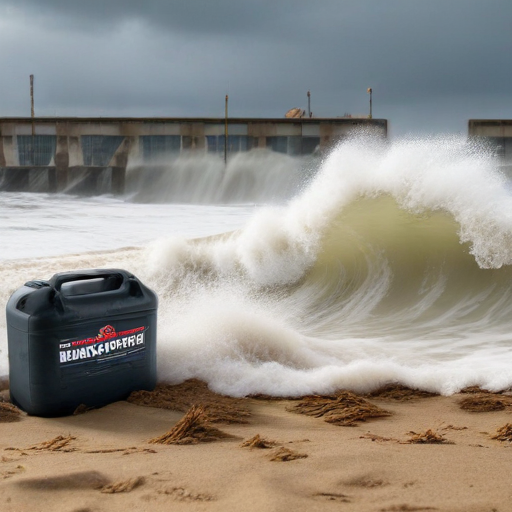On November 19 and 20, 2024, NOAA’s GOES West satellite captured striking imagery of a significant mid-latitude cyclone and an atmospheric river affecting northern California, the Pacific Northwest, and British Columbia. This powerful weather system has brought strong winds, heavy rainfall, and mountain snow to the region, elevating the risks of flash floods, rockslides, and debris flows.
The enhanced color imagery reveals a robust low-pressure system located roughly 300 miles off the coast of Washington, which is pulling in a substantial atmospheric river from the Pacific Ocean. This combination has resulted in hurricane-force winds, tragically claiming at least two lives, leaving hundreds of thousands without electricity, damaging numerous trees, and causing blizzard conditions in the Cascades. The storm has been classified as a “bomb cyclone,” known for its rapid intensification and significant drop in central pressure.
GOES-18, the satellite providing vital geostationary coverage of the Western Hemisphere, including the U.S. and surrounding regions, has been operational since February 2019 following its launch in March 2018.
In conclusion, while this weather phenomenon has caused serious challenges and tragedies, it serves as a reminder of the power of nature and emphasizes the importance of preparedness in facing such extreme weather events. The use of satellite technology is essential in tracking these dangerous storms and protecting communities through timely information and warnings.
